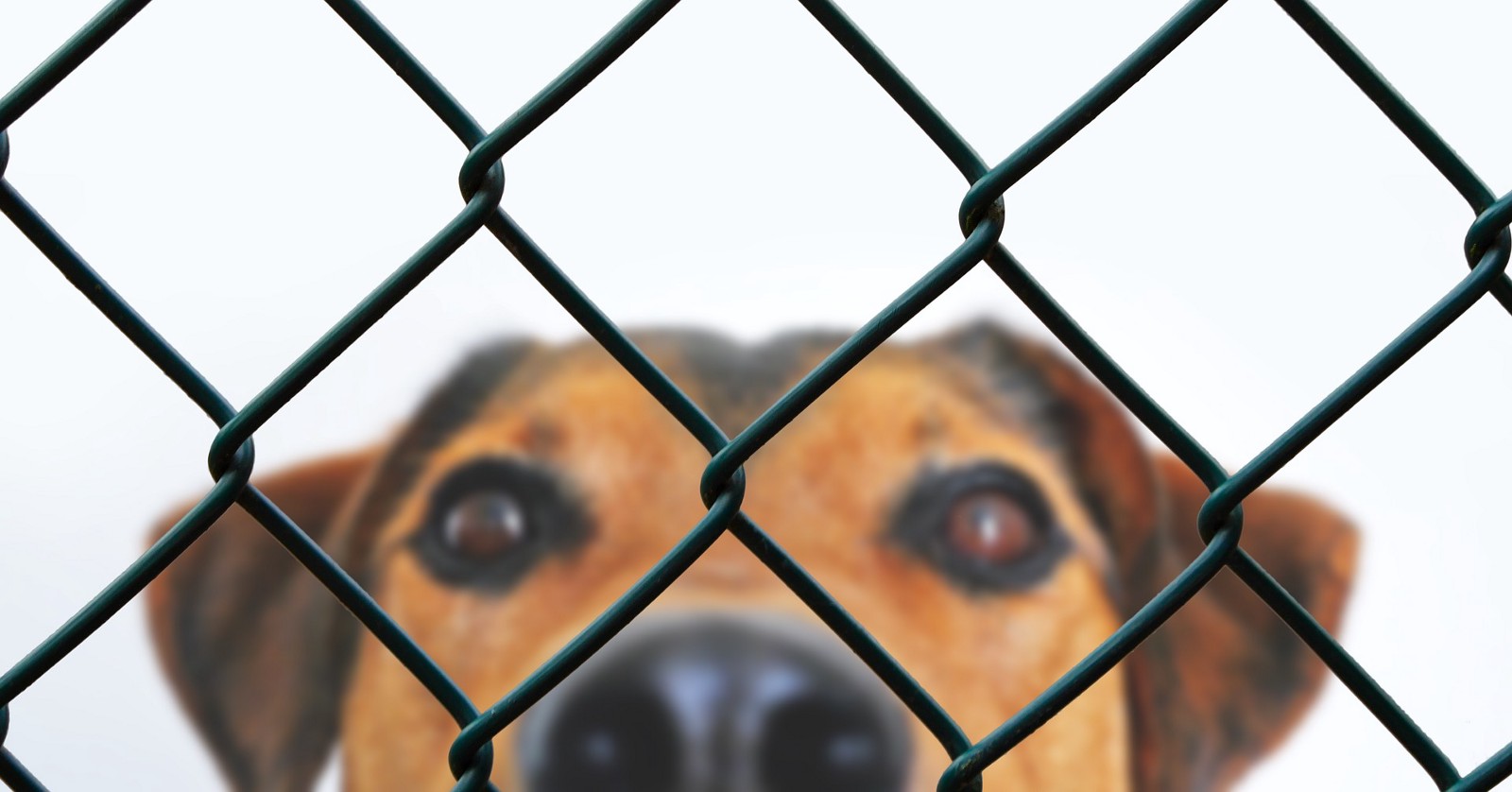What Can Artificial Intelligence Do For Stray Animals
The reality that millions of stray animals are facing every day around the world and the problem of abandonment are two recurring subjects in veterinary conversations. Most if not all veterinary professionals have dealt with cases of animal abuse, abandoned puppies or kittens just after birth, severely injured victims of road traffic accidents and poisoned animals.
The life expectancy of stray animals is at most four years and depends on the country as well as the local area they are roaming. The mortality increases dramatically in the first year of life. The environment, the availability of food, the support from the community, the availability of veterinary services and the (non-)governmental programs are playing a crucial role in the welfare of these animals.
Most stray animals are malnourished and prone to infections and parasitic diseases. Many are suffering from wounds and traumas as a result of fights between them, car accidents, human cruelty or problems while giving birth. Another aspect is the phobias and abnormal behaviours they develop being exposed to abuse and mistreatment.
How many stray animals can find a home?
On social media you can find many successful heartwarming stories of animals that recovered fully and found a family to start a new life. The change in health and behaviour of these animals after the first months of adoption is often hard to believe. On the other hand the number of strays is huge and most of the times treating and rehabilitating a stray animal to be suitable for adoption can be a long and costly procedure while resources are scarce. Most shelters are understaffed and operating with very little funding, while their space is not enough to cover the demand. There is a desperate need to decrease the intake of the animals and to improve shelter management. Such an attempt could be assisted successfully by technology.

Where to start with the problem?
The first step is to find the sources of the abandoned animals and why they exist. This can be done by mapping and identifying the abandonment hotspots. This preparatory stage will allow workers to prioritise their efforts and getting the best results. Furthermore it will provide
a list of locations optimal to:
- run spay/neuter projects
- vaccination projects
- educational campaigns about responsible ownership
- form partnerships between governmental bodies and local veterinary clinics, so as to provide low-cost veterinary services for the strays in the suffering spots.
Data can also pinpoint abuse patterns and enable action from law enforcement agencies along with guiding the work of shelter workers. Areas with high numbers of abusive incidents need education, actions and policies that will enable a peaceful human animal coexistence ensuring the safety and welfare of both sides.
Using AI in the shelters?
Moving on to the organisation and management of a shelter, data can continue to play a big role. Profiling shelter animals can lead to more happy adoptions in less time, freeing spaces for newcomers and decreasing the amount of resources needed per animal. Pictures are the most powerful part of the ads and the one that will attract or not the audience. An AI tool that will assist people choosing the right pictures per animal would be valuable for the process.
Also an advisory AI tool that will profile the potential future owner - based on lifestyle, income, living space, family status, personal needs - and match them with pets will help older animals find homes. Many times people are choosing very young animals based on their pictures without considering the huge effort and needs the animal will have, while an older animal will be more independent and fit in a busy lifestyle. That way we can reduce the future number of abandonments.
A big problem that most shelters are facing are the disease outbreaks. Having many animals in the same place, despite the efforts to keep the scene clean, can easily lead to the spread of infectious diseases and parasites. Could AI algorithms predict disease outbreaks in an early stage warning, and enable veterinary interventions? As a result the success of the treatment would increase and the cost would be considerably lower. In addition a malnutrition screening algorithm could give better insights on the status of the animal and advise on appropriate diet in order to help the animal reach a healthy status faster.
The example of the smart shelter powered by AI in China
Baidu, China's top searched engine company, designed and manufactured a smart shelter for cats in the winter of 2017. The construction is equipped with cameras that can identify the cats and open the door for them. The system is also capable to recognise if the animal is spayed/neutered (from the ear cut: spayed/neutered stray animals have their ear cut in a certain way) as well as signs of sickness and inform the handlers. Inside the cats can find a warm place to stay and access to food and water.

